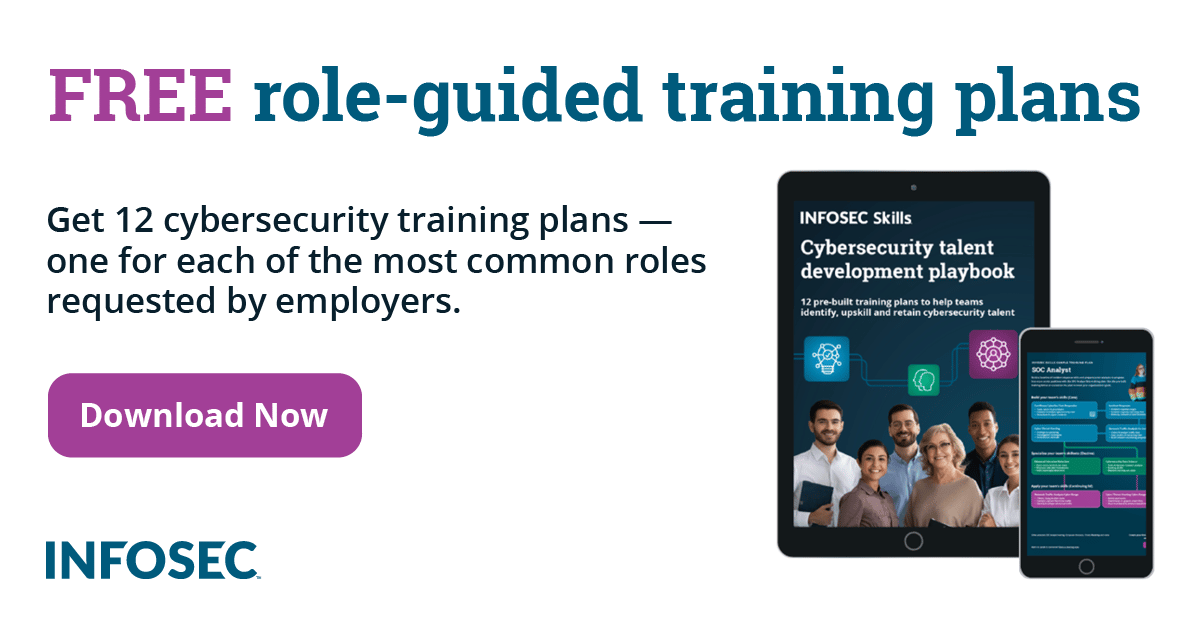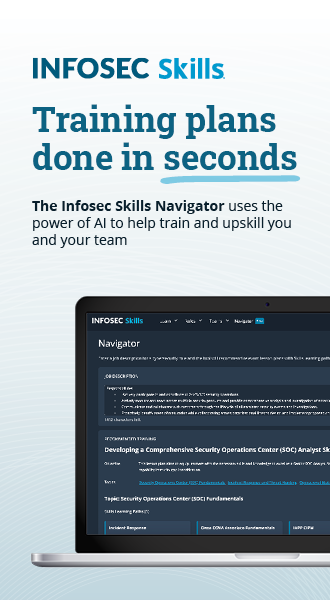Top six security best practices for agile development environments
Software development teams have had to change significantly to cope with the ever-evolving software markets. The high competition in the market has especially pushed firms to adopt agile development methodologies to remain relevant. The traditional waterfall development life cycle has proved inefficient in delivering customer needs in a timely fashion due to its lags. RAD methodologies have hence taken over the industry, with herds of teams altogether abandoning the waterfall SDLC in favor of agile development.
Agile methodologies employ a semi-organic software development process. Small, manageable and cross-functional teams are the norm of the day in an agile development organization.
The teams, as well as the process, are highly flexible to changes in requirements but susceptible to creating insecure code. Since security in agile development is termed a non-functional requirement, some development teams thus neglect it until later in the process. This exposes the system developed in this process to more and probably severe security-related vulnerabilities.
However, the situation can be changed by incorporating security-aware development practices throughout the coding process and organizational culture.
Agile SDLC for secure software systems
There are various tips which will eventually improve the security and hence reliability of the systems. Below is a discussion of the top six secure coding tips for agile development environments.
1. Utilize the hacker in that developer
Not every developer is a hacker, but every developer with the right tools, training and mindset can uncover the most common security pitfalls in code. If your systems will be secure, the developers must be empowered through training and the provision of the right tools that will enable them to analyze code before submitting it to quality assurance or testing teams.
All development team members must be aware of the most common vulnerabilities in each system they develop. Also, with developers' ratio to security specialists standing at about 100:1, it is only plausible to pass the responsibility of securing systems to the developers. They can then perform routine scans of their code and fix any issues that may arise during the core development process.
This does not, however, eliminate the need for a reliable security team. It only reduces the occurrence of common errors in the final software, and security remains essential for the planning and testing phase. Additionally, team leaders can decide to incorporate the security team members into individual development teams to discover vulnerabilities early in development.
2. Always consider the “evil” user interacting with the system
Many developers get carried away with the expected functioning of the system. They envision a perfect software without taking into account the possibility of an “evil” user interaction. Therefore, team leaders must discourage this form of tunnel vision by ensuring that team players are aware of the possible ways an attacker may interact with the system.
This is a continuous process starting with the statement of security-based user stories. However, note that only a few clients will talk about this type of security in user stories. Therefore, it should be the security team's role to identify critical points and valuable assets of the software that may be targeted by an attacker. In doing so, the team can enumerate possible attack goals and advise the development team in advance.
3. Uphold continuous integration practices, tools and platforms
When software development methodologies were evolving, tools were being developed to ensure a smooth development process, continuous integration and security of software systems.
There are various tools designed to integrate with your development platforms and give insightful information about your code. These include code integration tools, code scanners and shared repositories. Code analysis tools are especially useful for the security of your code, as they can help you debug and refactor buggy code, thereby improving the system's overall safety.
Upholding continuous integration best practices should never be optional for any agile development team or organization. These are practices that work and help improve the quality of the software you create, thereby assuring the security of users, user data and vendors.
4. Review user stories with every iteration and adapt as necessary
Agile methodologies are defined by short iterations in the development process, resulting in the release of new or improved software system features. Therefore, it is possible to review all user stories that necessitate iteration and how they relate to the system's general security before releasing it for public use. However, in enterprise-level systems, it may be reasonable to review the impact of new user stories before embarking on the development.
The team leader must also organize peer review of code and how frequently this occurs. Two pairs of eyes are often better than one during code review. The software must be adapted to better its reliability and security if vulnerabilities are discovered in the review process.
5. Innovate with security
One of the reasons why agile systems neglect security is the absence of robust, agile security practices and testing tools. However, progressive teams can avoid this by innovating workable security policies and developing tools based on such policies.
Most CI tools out there are open to customization. Therefore, an organization or team can choose a tool that works with their development practices and customize it to serve the most common security concerns affecting their code. Innovating is a long-term plan and may not be viable for starters.
6. Cultivate the culture of security
Organizational culture profoundly influences how things are generally done. If team leaders have high regard for secure systems, the juniors are likely to copy the same and practice it when writing code. Educating the team and organizing seminars for security and agile development can also help members adopt the security needs of software quickly.
Every new team member should be taken through the necessary software security procedures and guidelines you follow as an organization or as a team. This helps them get up to speed with as little difficulty as possible. Furthermore, combining all the other security aspects of agile development with a supportive and dynamic security culture will boost the general feel of your software.
Conclusion
It should be noted that different development teams approach the agile development process from different angles. As such, some of the tips given here will achieve different results with various organizations and in different combinations.

Get your guide to the top-paying certifications
With more than 448,000 U.S. cybersecurity job openings annually, get answers to all your cybersecurity salary questions with our free ebook!
Sources
- How to Balance Between Security and Agile Development the Right Way, WhiteSource Software
- Incorporating Security Best Practices into Agile Teams, ThoughtWorks
- OWASP Proactive Controls, OWASP
- Development Methods, The University of Missouri-St. Louis
- Secure Coding Practice guidelines, Berkeley Information Security Office
- 3 Best Practices for Secure Software Development, Perforce





